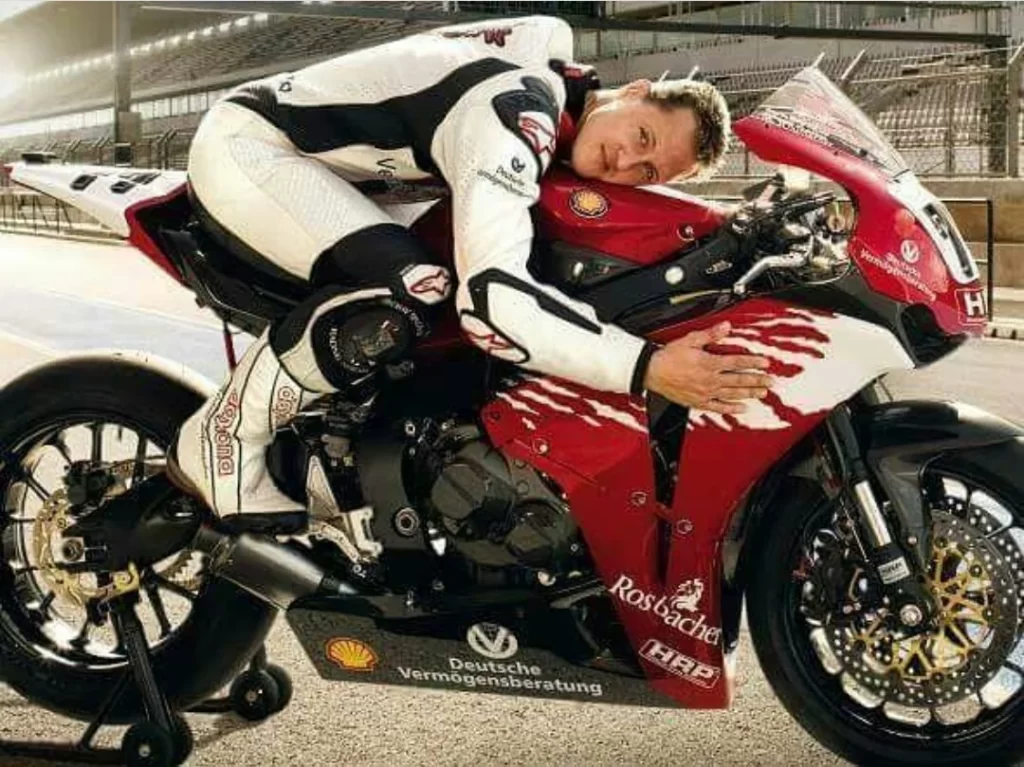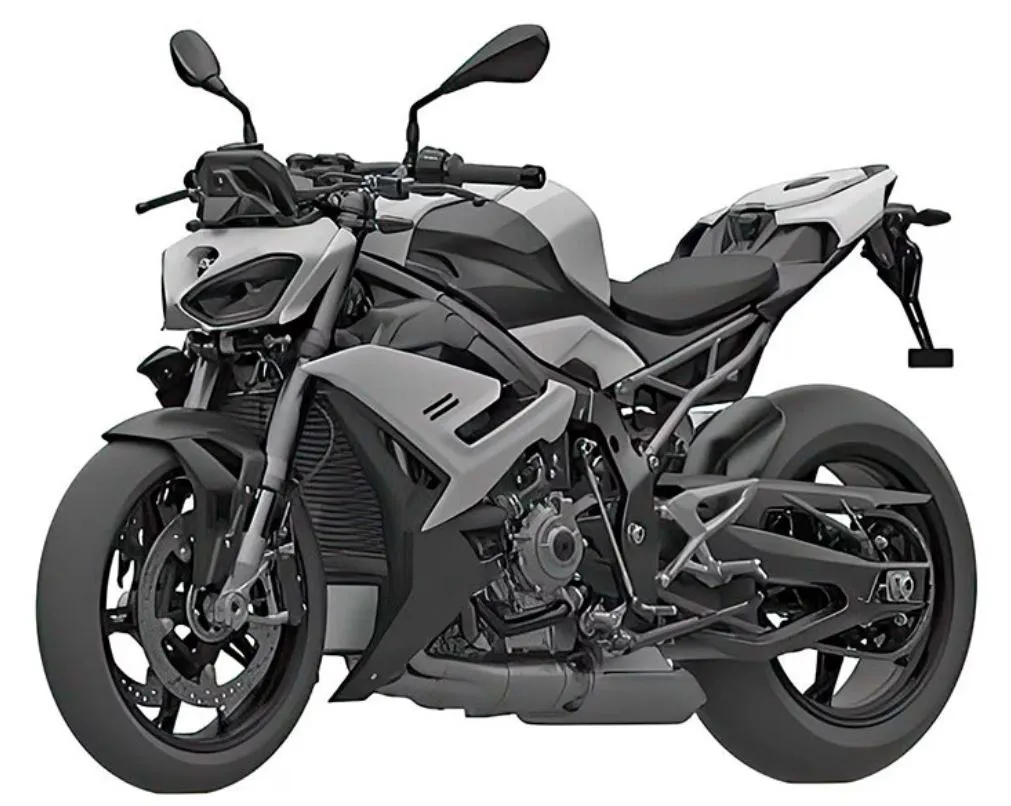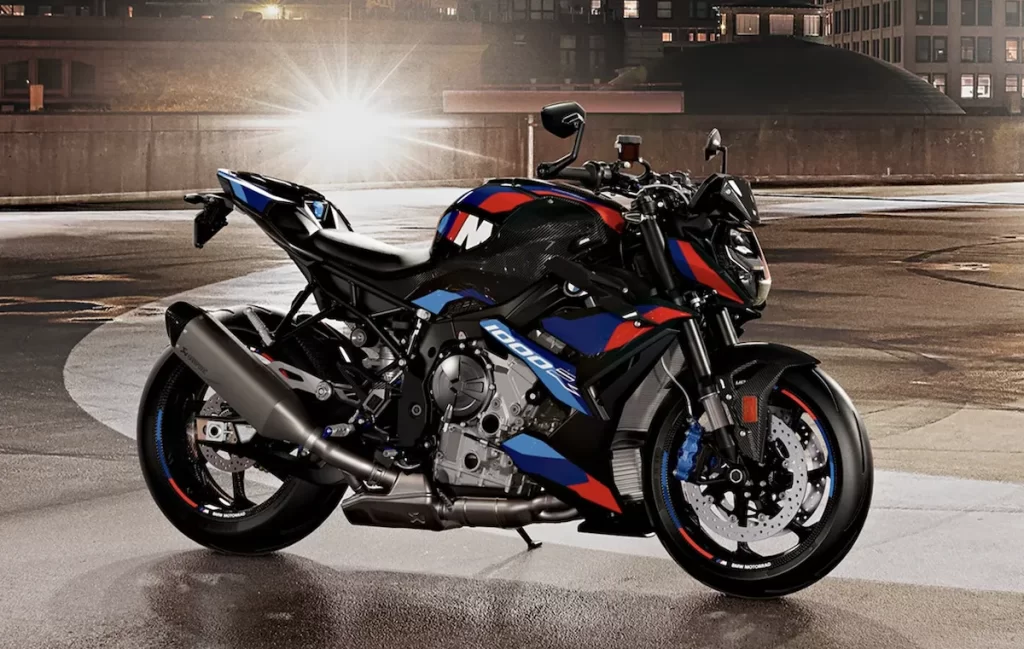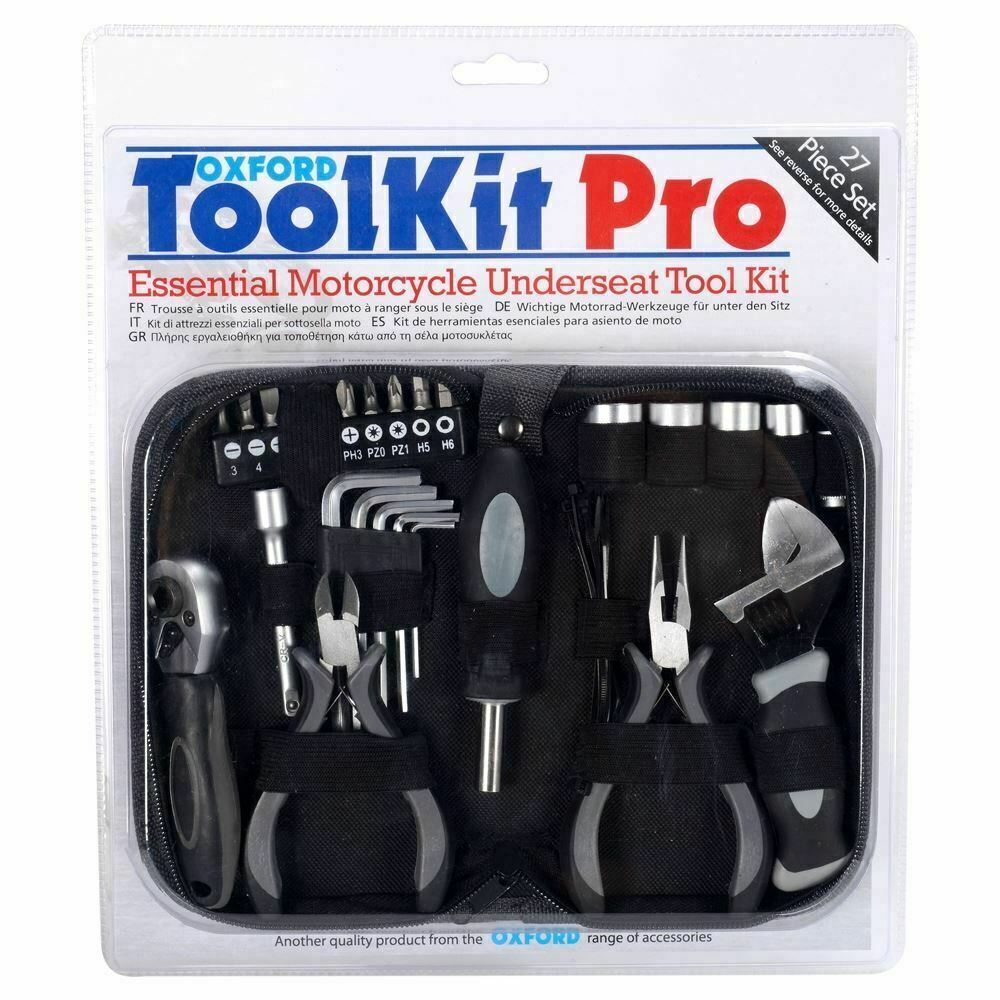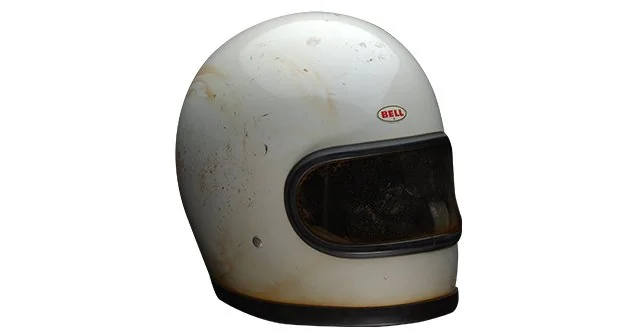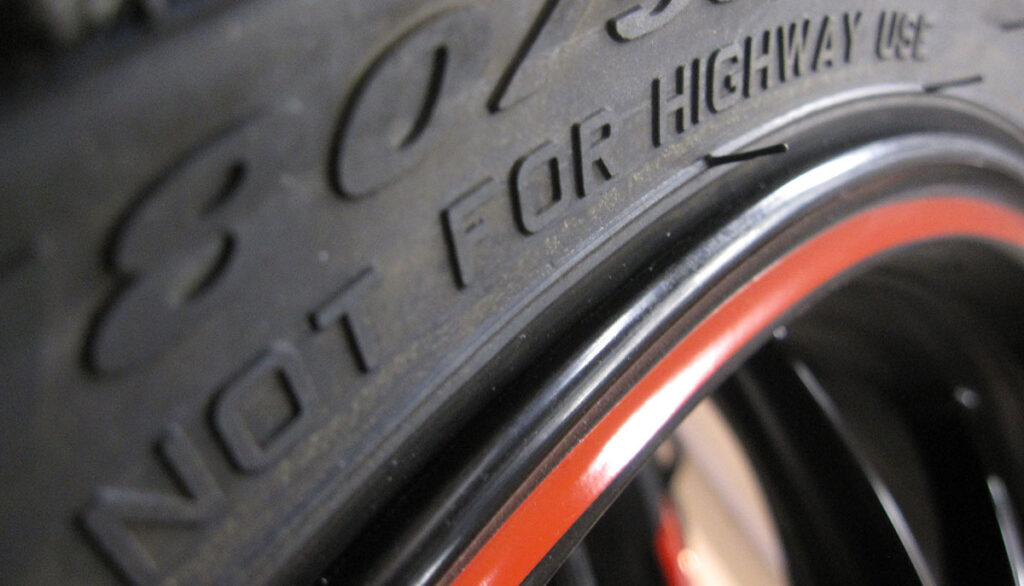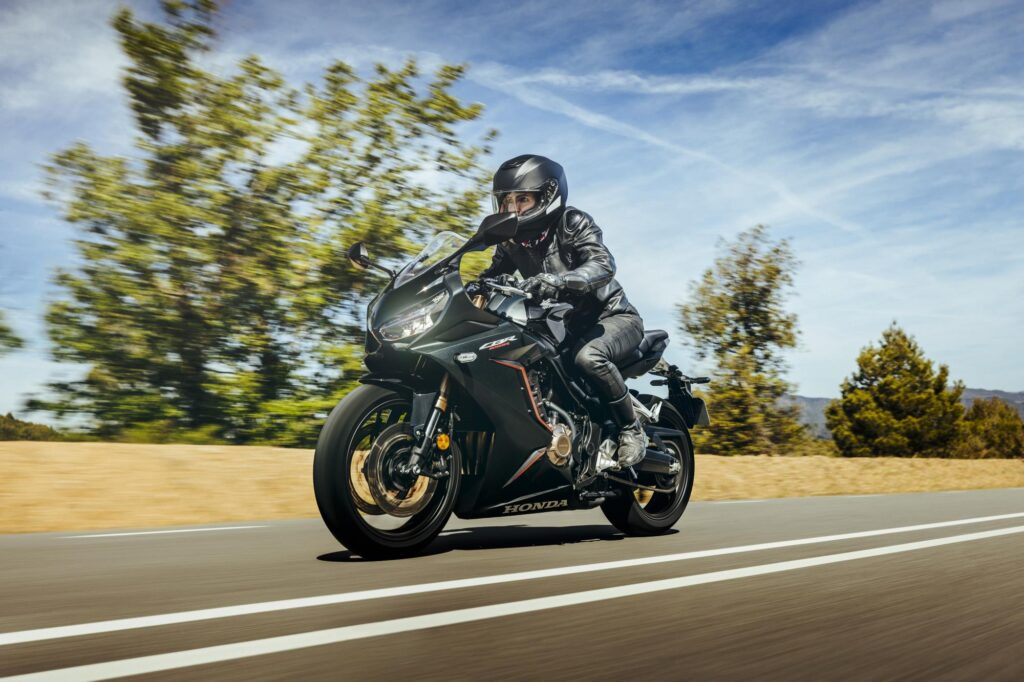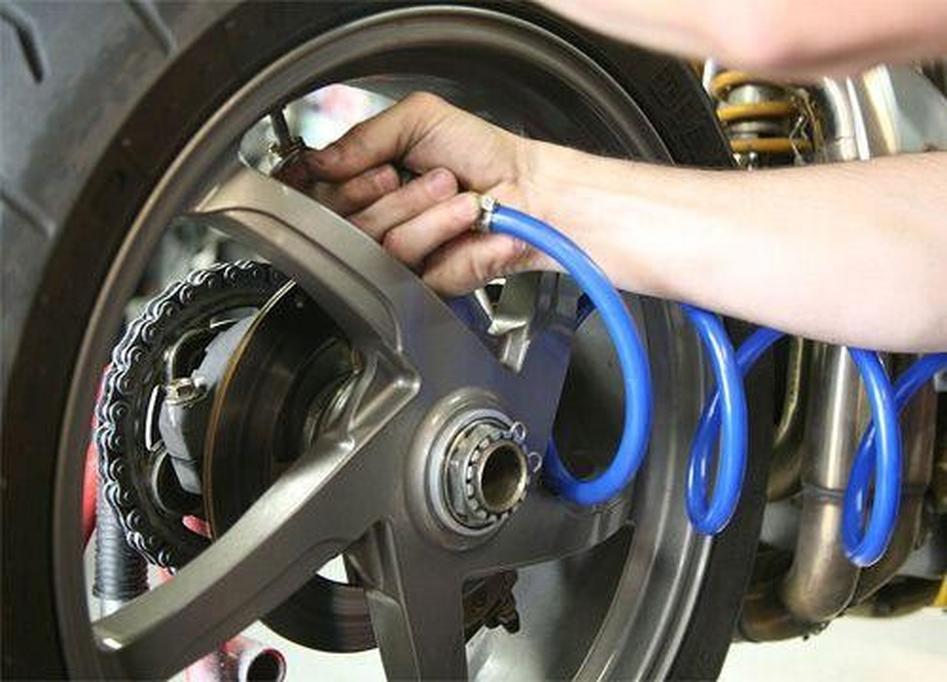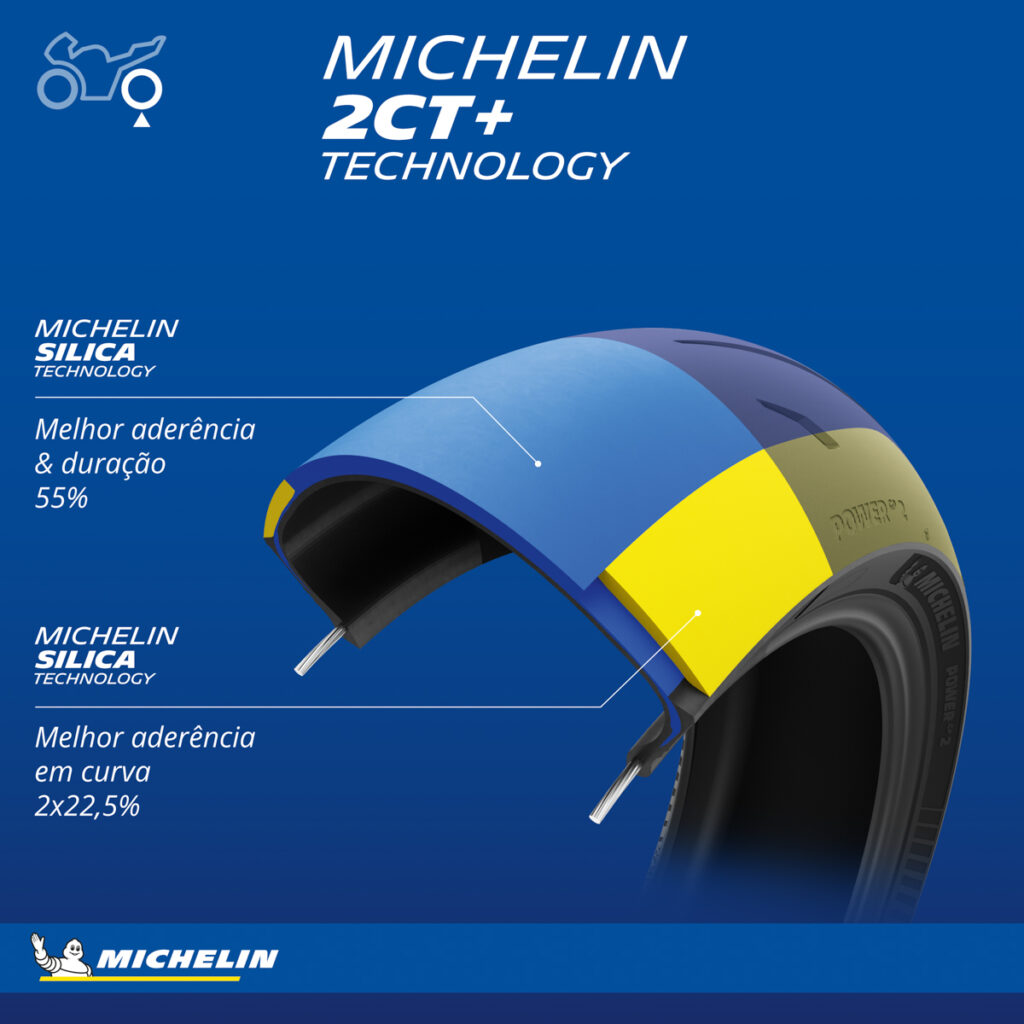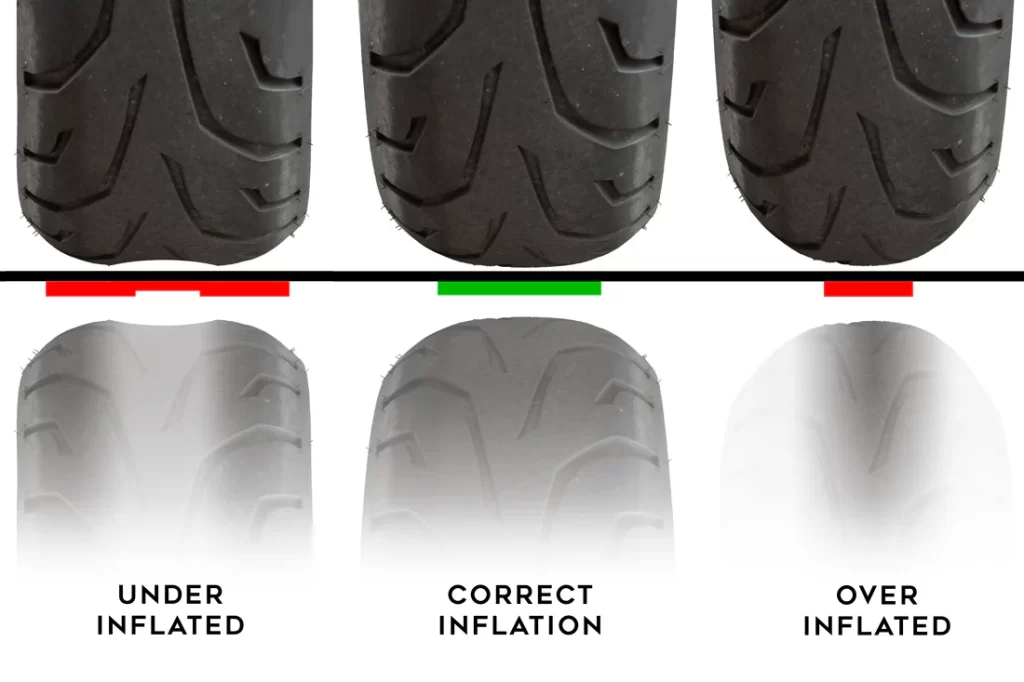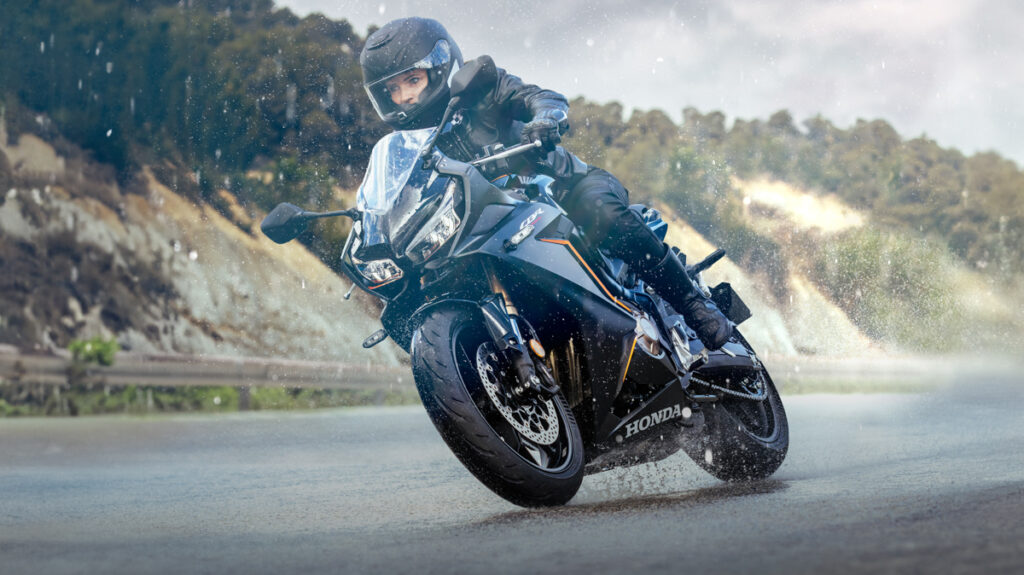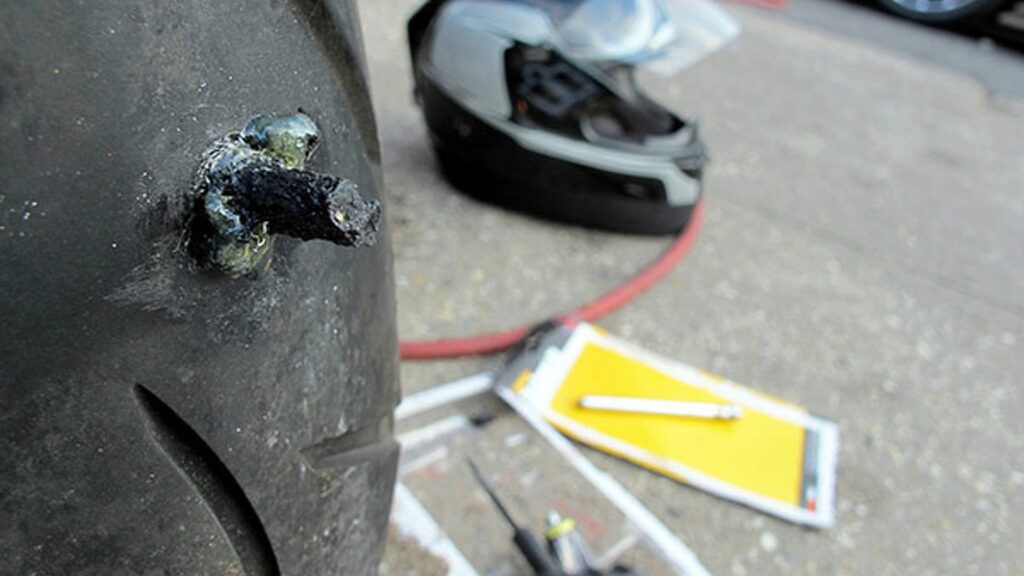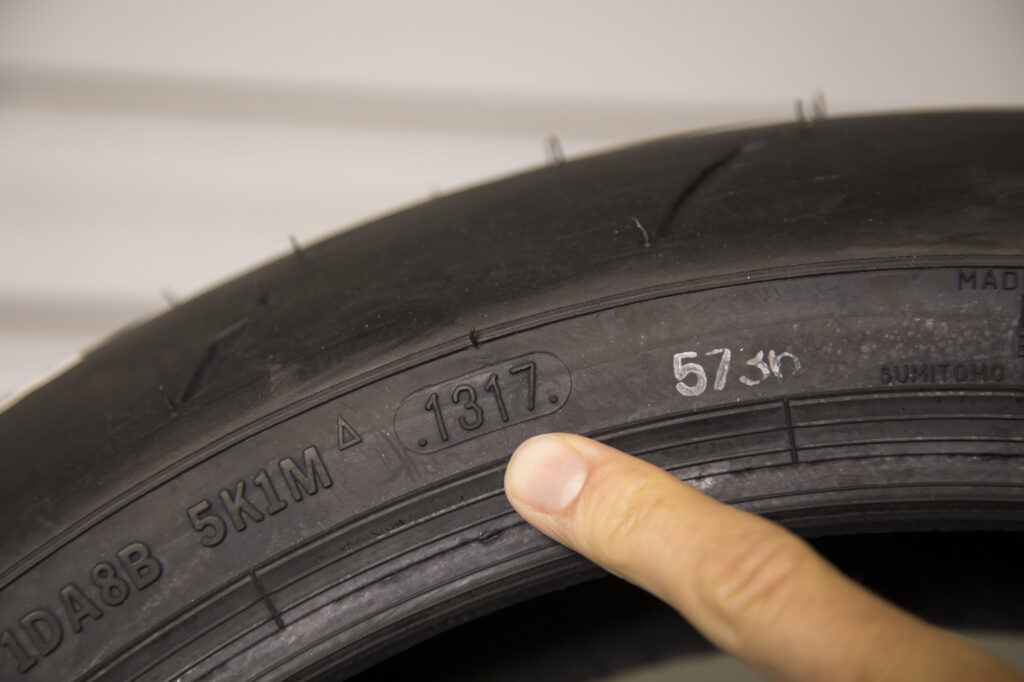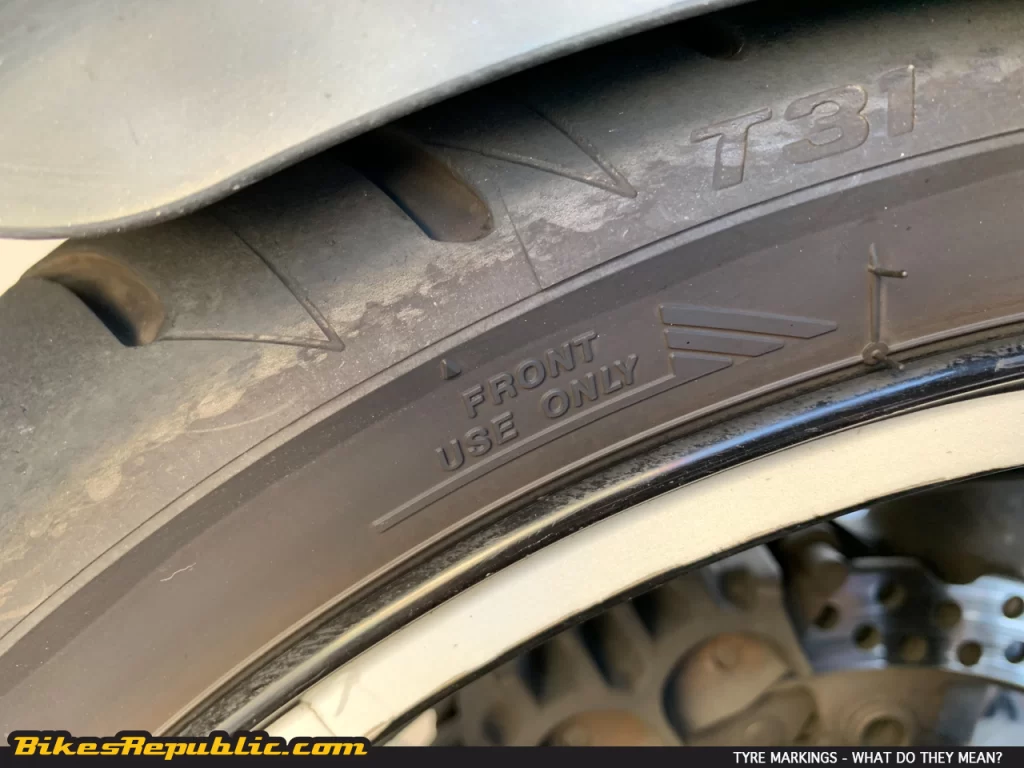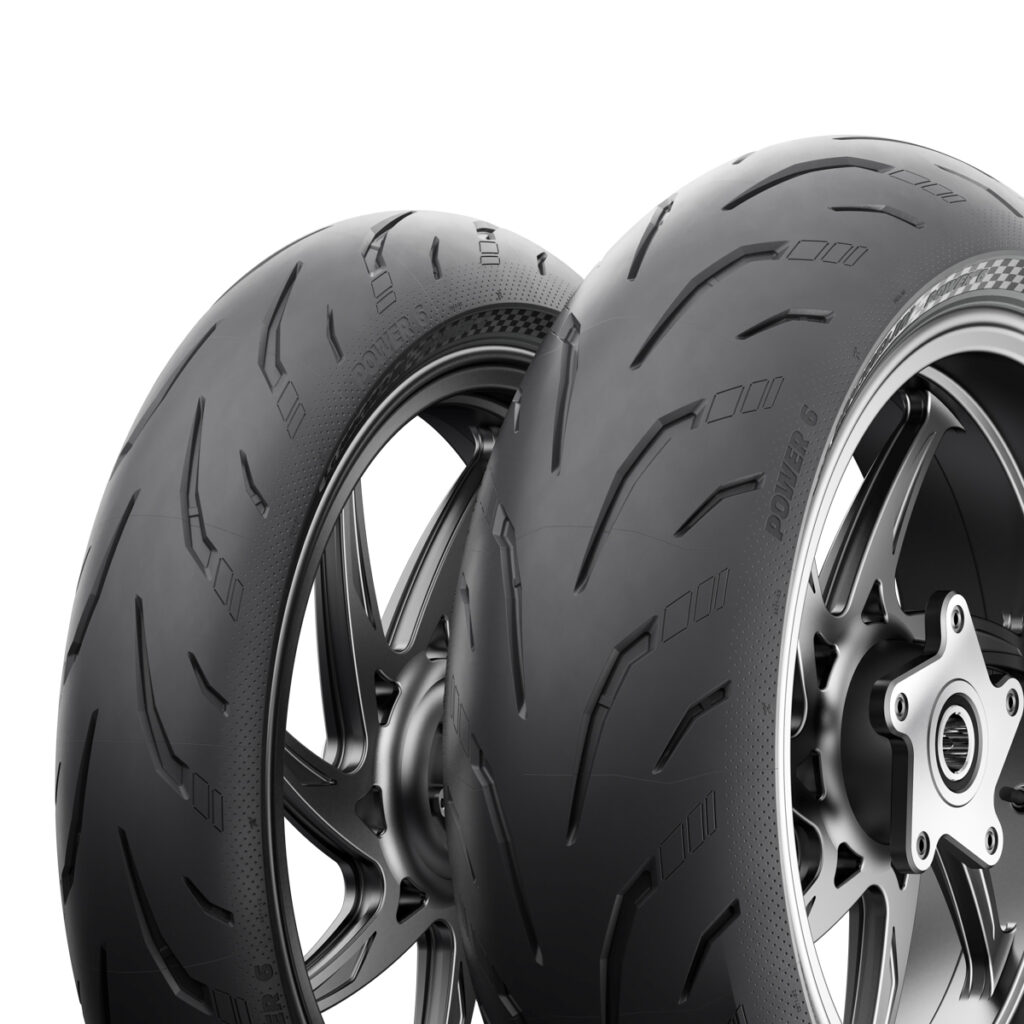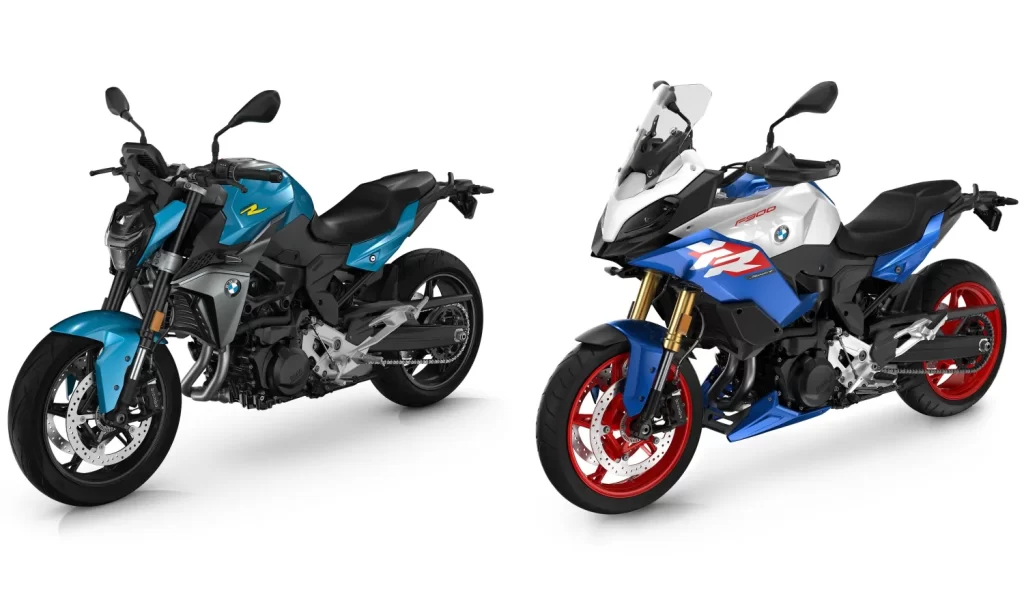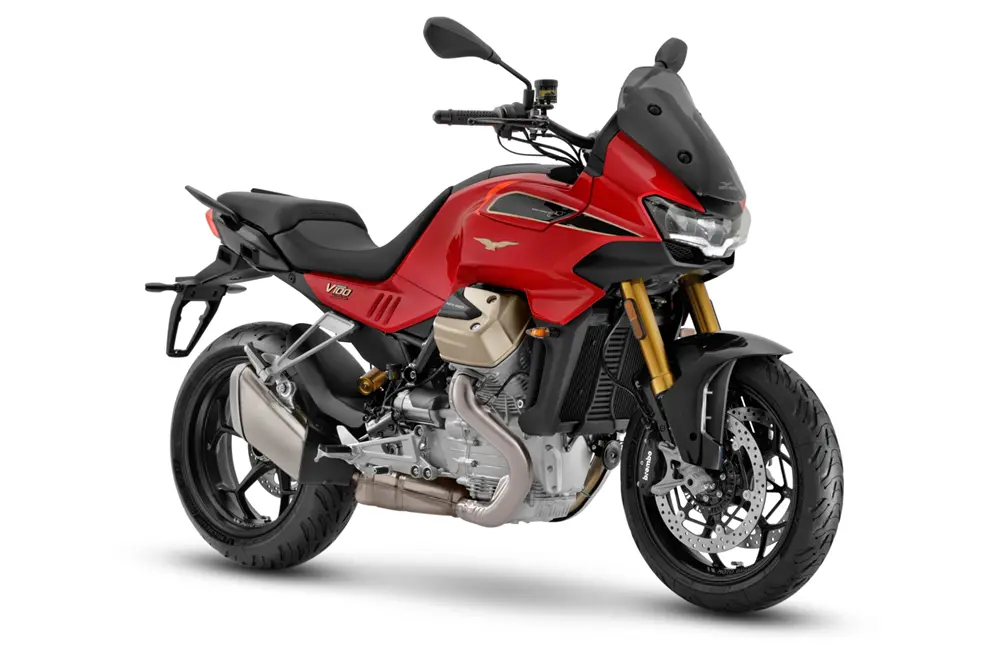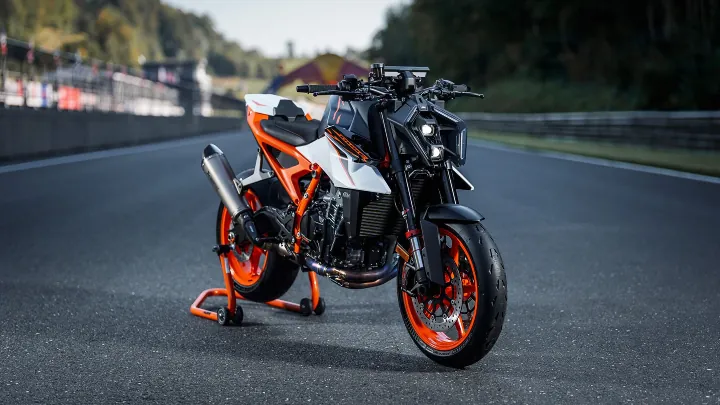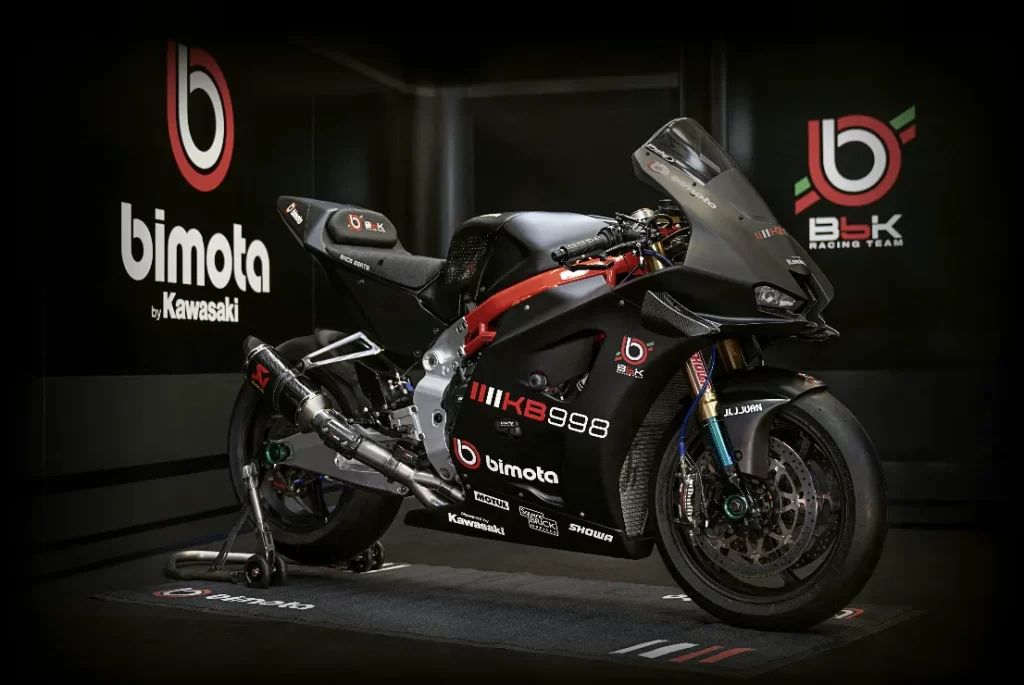It is well known that some F1 drivers also ride motorcycles.
Motorcycle riders can agree that motorcycles offer the most visceral enjoyment. There is no roof and huge windscreen to block the wind, the controls that require the entire body’s muscles. The most powerful street motorcycles may have “only” 200+hp compared to some supercars that sport 1000+hp, but the motorcycle accelerates harder and faster. And that feeling of dragging a knee through a corner… ah heaven.
Lewis Hamilton

Seven-time F1 World Champion Lewis Hamilton is visibly passionate about riding motorcycles, both on the road and track. The peak of this was swapping rides with Valentino Rossi (in Hamilton’s F1 car) at the Ricardo Tormo Circuit.
The Briton even has motorcycles dedicated to him, namely the MV Agusta F4 and Brutale LH44.
Now and again the MV is paraded in front of the world’s press as Hamilton takes the short commute to ‘work’ at the Monaco Grand Prix from his nearby home.
Fernando Alonso

Fernando Alonso tested Marc Marquez’s Honda RC213V MotoGP at the Motegi Ciruit bike in 2015.
Since then, after parting ways with the Honda days now way behind him, Alonso returned to F1 with the Alpine team part-managed by ex-Suzuki MotoGP boss Davide Brivio. The driver purchased an Aprilia RS 660 to get around.
Sebastian Vettel

The four-time World Champion prefers classic motorcycles. Although he keeps his collection away from public eyes, he had been spotted on a Kawasaki two-stroke triple in the past and a Suzuki GS550. There are also rumours that he regularly visits classic motorcycle shows. He has also been see several of KTM and BMW motorcycles.
The German says he loved motorcycles after buying a Cagiva Mito 125.
Charles Leclerc

Charles Leclerc’s Husqvarna 701 Vitpilen is a one-off special created by French custom house Bad Winners. The ‘Apex 2.0’ used a Vitpilen 701 as the base, and spec’ed it up with a unique frame and bodywork, a full system exhaust, and gorgeous looking DYMAG carbon fibre wheels. And oh, a KTM headlight.
Max Verstappen

Max Verstappen had been spotted riding motorcycles in his native Netherlands.
Like Leclerc, the current F1 World Championship leader has commissioned his own custom, but prefers a cruiser in the shape of a Montois-custom Harley-Davidson.
Kimi Raikkonen

The “King of One Liners” in F1 loves his motorcycles and owns a large collection of motorcycles in his native Finland.
However, his passion is primarily for ‘Choppers’ and Harley-style cruisers and even has a series of special customs made under his ‘Iceman’ nickname.
Having retired from F1 at the end of the 2021 season having started more grands prix than any other before him, Raikkonen spent approximately five minutes with his feet up before taking everyone by surprise by being announced as the new team manager for the factory Kawasaki team in MX1.
Nico Rosberg

Being an outspoken environmentalist, Rosberg has popped up now and again touting the advancements made in automotive technology and electric transport. That laid the way to collaborating with Italian manufacturer Energica. Rosberg was hired to launch the company’s latest generation Ego sportsbike in 2019.
Michael Schumacher
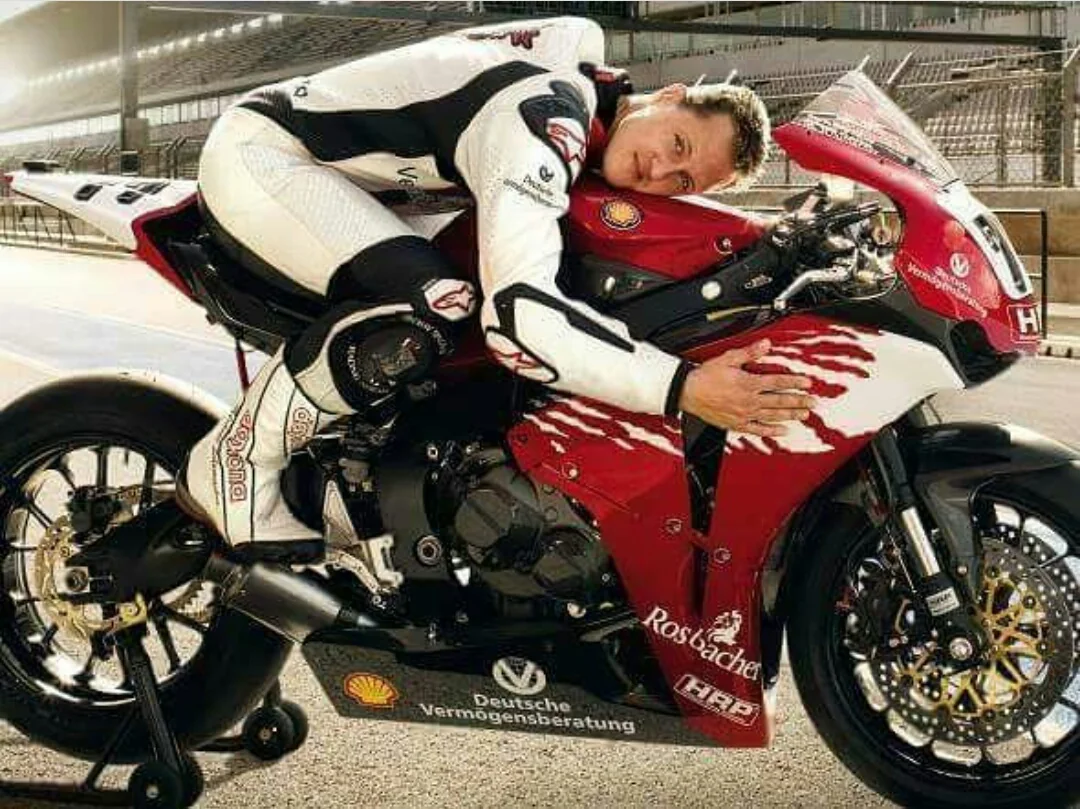
Unlike others in this list, seven-time F1 World Champion Michael Schumacher not only loved motorcycles, but he even raced them. It led to him bringing his megastar status to the comparatively modest German IDM Superbike Championship in 2008 aboard the factory Holzhauer Honda.
He wasn’t a front runner on a bike that his team-mate Martin Bauer was winning the title, but he didn’t disgrace himself either. Alas, a heavy crash led to a shoulder injury that not only ended his motorcycling aspirations but ruled him out of a planned return to F1 with Ferrari to replace the injured Felipe Massa.
Ayrton Senna

The Brazilian won devoted fans around the world for his passion for anything fast, including motorcycles.
He particularly loved Ducatis and would often arrive in the Monaco Grand Prix paddock riding a Ducati Monster. The Italian firm later created the Ducati 916 Senna.
Alas, the man himself never got to experience his dedication, being launched the year following his tragic and untimely death during the 1994 San Marino Grand Prix.



